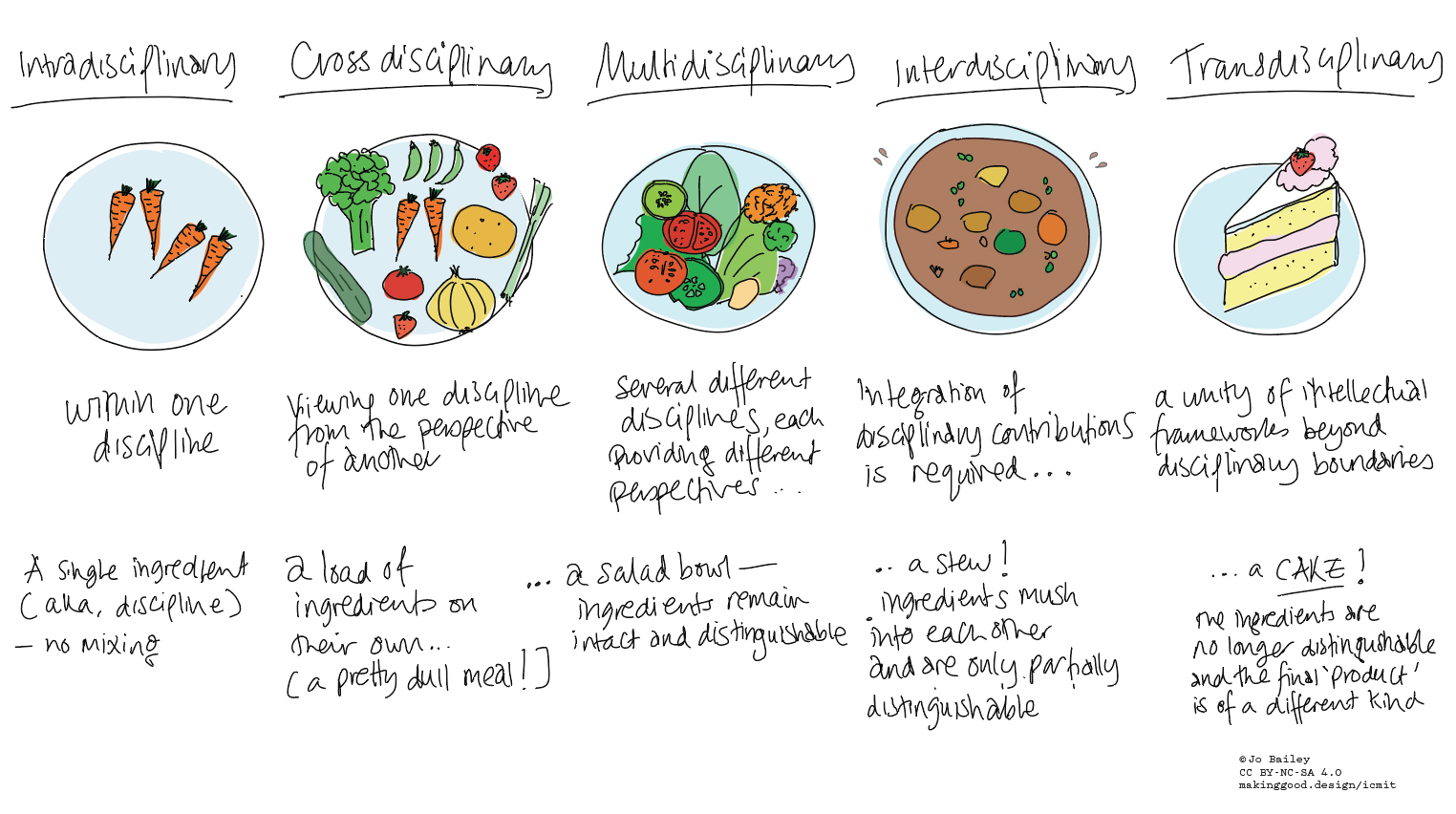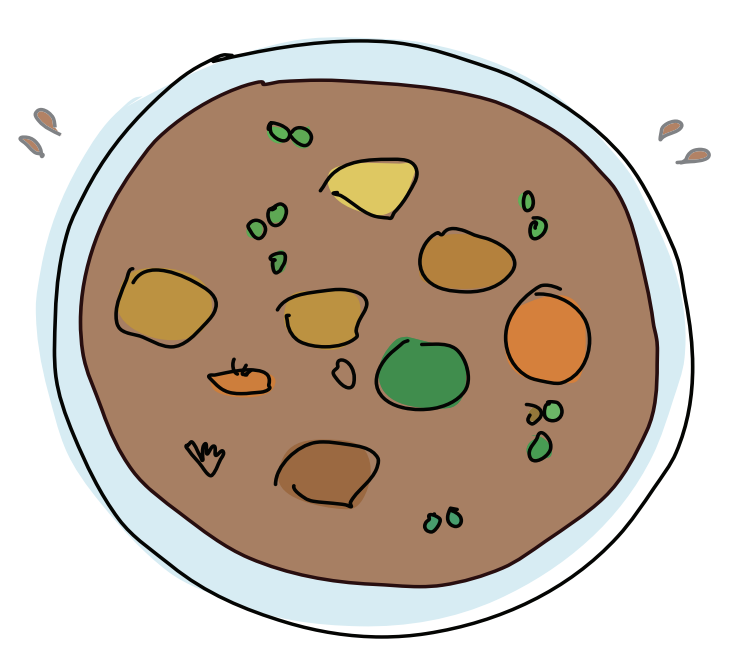What is Integrated Research?
An overview of what integrated research is and when to use it.
What we mean by integration at Manaaki Whenua is research that involves a diversity of people contributing to a project. These diverse contributions might be different knowledges, understandings of a problem, concepts, frameworks, data, methods, skills or interpretations. They can come from a wide range of domains including the humanities, mātauranga Māori, government, law, industry, community, business, creative arts, as well as within the sciences.

Why is Manaaki Whenua interested in integrated research?
Integrated research approaches are considered critical for tackling the environmental challenges at the core of Manaaki Whenua’s purpose, such as wise use of our land, preserving and enhancing biodiversity and protecting NZ from biosecurity threats.
Should I use integrated research?
Not every project needs integrated research. As a quick assessment, ask yourself the following questions:
- In order to address the research question, do you need expertise from beyond your scientific discipline?
- Are you working with whanau/hapū/iwi communities or with mātauranga Māori?
- Are there other perspectives relevant to answering your research questions?
- Do people outside science hold perspectives and knowledge that are important for your research to achieve impact?
- Is your research trying to inform policy?
- Is your research trying to influence what people do in practice?
If you answered yes to any of these questions, you are likely to need some form of integrated research.

Types of integrated research and when to use them
There are several ways to put integrated research into practice. These frameworks and resources can help guide working with whānau, hapū, iwi. The terms multidisciplinary, interdisciplinary and transdisciplinary can be useful for distinguishing different types or degrees in integration. Jo Bailey (2019) created a great visual description of disciplinary working:

Multidisciplinary Research
Multidisciplinary research is sometimes described as the “division of labour” model, whereby researchers maintain their disciplinary ways of working (e.g. approaches and methods).
The integration side of multidisciplinary research projects is typically less complex and time-consuming to undertake than in other forms of integrated research.
Use multidisciplinary research when:
- you need to examine a problem from multiple independent angles or you want to maintain disciplinary integrity.
- multiple sources of knowledge or disciplines are important but there are limited resources
An example of a multi-disciplinary project might be where a regional council wants a social, economic, cultural and environmental assessment of a potential dam scheme. They start out with a common description of the proposal but the social, economic, environmental and economic experts generally work independently of each other (perhaps they exchange some data) to predict the consequences. The council then brings those different workstreams together to produce overall effects.
In multidisciplinary projects, integration occurs at the start (e.g. with a shared problem formulation) and at the end, when findings from different lines of research are synthesised. Effective integration of the research findings at the end of a project can be challenging, especially if insufficient time was spent preparing common ground at the start.
In theory, multidisciplinary research is expected to occur within or across science disciplines, but in practice, science and non-science approaches can work side-by side in a multidisciplinary way.

Interdisciplinary Research
Interdisciplinary research occurs when we work across science disciplines.
Use interdisciplinary research when:
- The research problem, or the field of research, is at the interface of several disciplines. An example of an interdisciplinary interface is ecological economics, where concepts and methods from both economics and ecology are brought together to research issues in natural resource management.
- Concepts or methods from one discipline or way of working are insufficient to address the research problem.
In interdisciplinary projects researchers think beyond their disciplinary boundaries at the outset and integration occurs through the project. At the start by involving those different disciplines when deciding what to research and developing the integrated research approaches. During the research, when working together using the common or integrated methods and joint interpretation of the results.

Transdisciplinary Research
Transdisciplinary research involves research occurring across science disciplines but extends also to those outside science, e.g. stakeholders, practitioners and end-users.
Transdisciplinary research is issue- or problem-focused. It is generally more complex and resource intensive than other types of integrated research and tends to have a heavy emphasis on applied research.
Use transdisciplinary research when:
- You are trying to create both societal impact and science excellence.
An example of a transdisciplinary project might be where a project brings together scientists and stakeholders to improve understanding of social and physical processes to guide sustainable management in a catchment.
In transdisciplinary research all participants are involved in formulating the issue, deciding the research focus, agreeing the approach and methods, undertaking the research, interpreting and disseminating the findings. Integration occurs throughout the project. There are many common elements with Kaupapa Māori research and Kaupapa Māori research is transdisciplinary by nature (Garth Harmsworth, pers comm).
Where to next?
Have a look at Jo Bailey’s webpage on disciplinary working Tasty | Jo Bailey.
- See how integrated research fits into Manaaki Whenua's Strategy 22 goals.
- Find out what your colleagues have done in case studies
- Learn about some basic techniques in the basics
- Have a look at resources for different phase of a research project in different phases.
- Look at some common challenges experienced by your colleagues in common problems.